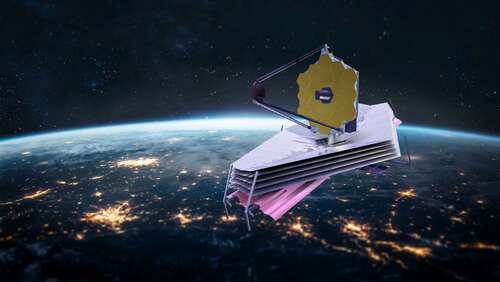
What makes Webb’s First Deep Field special is partially in the name itself: This is one of the Webb’s first color images, and as packed with detail as it may be, it’s still just a tiny fraction of the greater universe. In it, we can see a portion of the SMACS 0723 galaxy cluster, which is over 4 billion (yes, billion) light years away.
It’s also like looking through a window in time, because the vast distance between SMACS 0723 and Earth means that what we’re seeing is from approximately 4.6 billion years ago — roughly around the time the Earth itself was in the process of forming. We won’t know what this galaxy cluster looks like today for a very, very long time.
Due to the weeks-long image capture from the Webb’s NIRCam and over 12 hours worth of composites spread out across different wavelengths, we’re left with a very clear and intricate photo of thousands of individual galaxies of various shapes and sizes. Also various distances, as the sheer collected gravitational mass of the SMACS 0723 cluster is distorting the light coming from the galaxy clusters behind it, making those even more vastly distant systems easier to see. This is a photo full of an unfathomable amount of star systems, and even then it’s still just a fraction of a fraction of a fraction, but it’s also the photo that really catapulted the Webb into greater public consciousness.

